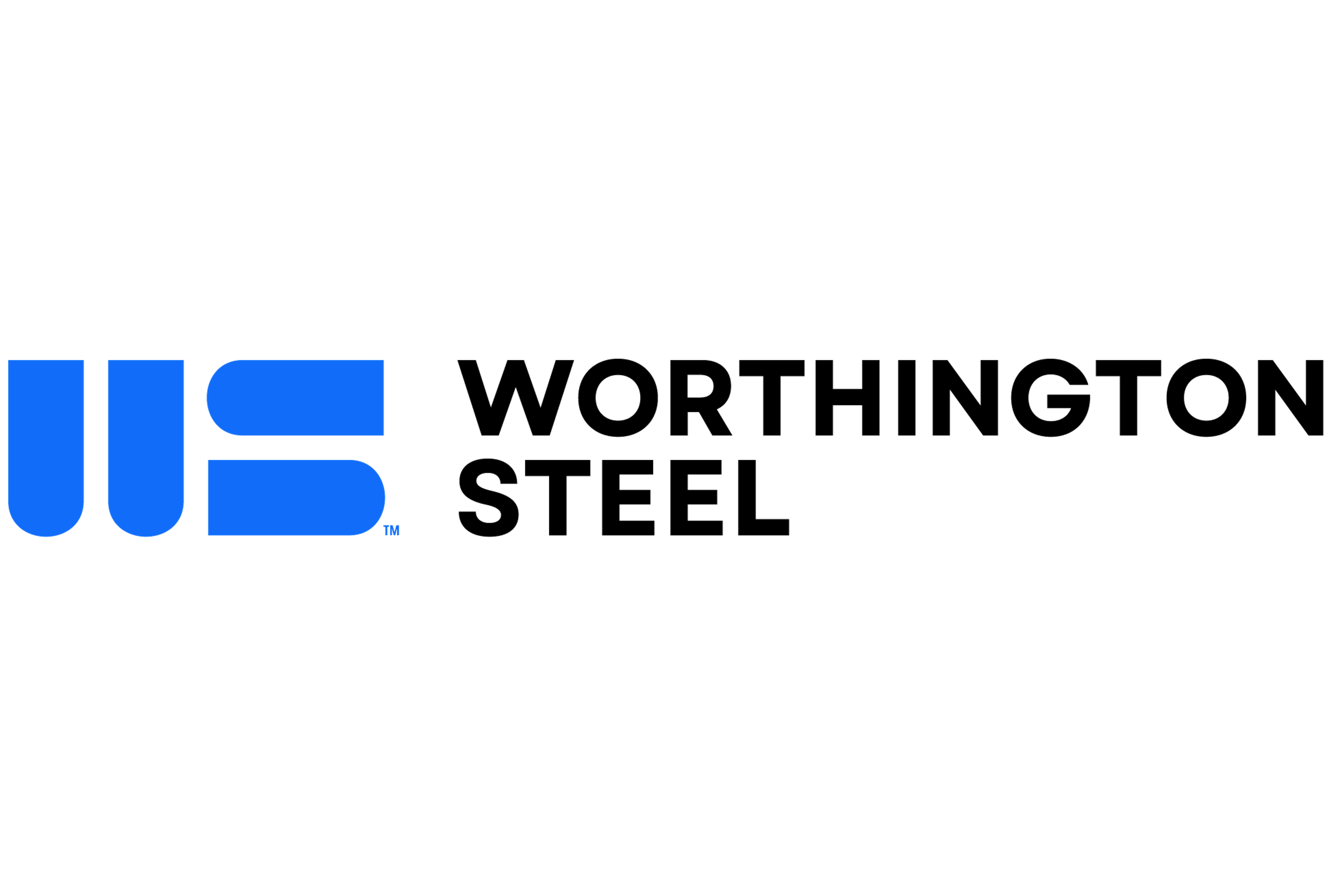Mexico
January 12, 2023
Final Thoughts
Written by Michael Cowden
Let’s just clear the air of any confusion here. It looks like Nucor’s price increase – $50 per ton ($2.50 per cwt) – announced earlier this week was a catch-up to an increase of the same amount announced by Cleveland-Cliffs in mid-December.
Assuming that’s the case, we’ve had two rounds of price increases since Thanksgiving. And some market participants I’ve spoken to expect a third round before the end of the month.
If one is announced, would it stick? Let’s consider a few possibilities. I’ll divide them into pros/cons.
![]() The Pros
The Pros
We’ve seen a shift in service center buying patterns recently, as evidenced by our latest market survey. (See slide 32 in the Jan. 6 survey here.) I wouldn’t make too much of one survey result. But it is possible that the destocking cycle we saw for most of 2022 has ended.
Have we entered a re-stocking cycle? I’m leery of making any such predictions just yet. But I think it’s fair to say that it’s no secret how contract buyers have behaved, and will behave over the short term.
As most of you know, many contracts are based on the prior month’s CRU spot price. So your January contract price was based on a discount to the December price.
Once mills rolled out post-Thanksgiving price hikes, contract buyers reasonably figured that December’s CRU price was the lowest they’d be seeing in a while. They had also negotiated more generous “CRU minus” discounts in 2023 compared to the paltry ones they got in 2022.
The result: If you had a min-max contract, you probably went to your max in January. You might have maxed out February, too, following the second wave of increases.
A lot of this is momentum driven. If you think mill order entry in March will be strong enough to support another round of price hikes, you might buy heavy for March, too.
My guess is that people won’t be maxing out contracts in the spring out of fear that prices could be underwater come summer. But I’m getting a little ahead of myself on an article focused on a potential late-January price hike.
The Cons
Old mills and aging infrastructure tend to struggle in extremely hot weather and extremely cold weather. We saw a prime example of this in February 2021, when winter weather reaching as far south as Texas caused power outages and significant mill downtime from the Southeast to the Gulf Coast and into northern Mexico.
We also saw it in 2014, when a prolonged cold snap resulted in thick ice forming on the Great Lakes. The ice was still blocking Lake Superior as late as March and April of that year, which meant that some integrated mills weren’t able to replenish their ore supplies, and were forced to idle furnaces.
Guess what hasn’t happened this winter? Yes, we had a short, intense cold snap the week before Christmas. But it didn’t result in any significant outages. Weather since then has been mild for much of the country.
My point is this: We’re about halfway through January. It’s possible winter still has some cards up its sleeves. It is, however, running out of time to play them. So if you’re betting on weather-related outages, the odds are probably against you.
I’ve had more people than I expected ask me how I think 2023 demand will be. They’re comfortable with their current inventories and their current material on order – but they’re not sure what to do next. Do they get conservative and risk running low on steel if demand surprised to the upside? Or do they pull in their horns in case demand disappoints?
It seems like some of this might be related to a bit of a loss in faith in forecasts. The last few years have been so unpredictable – because of the pandemic, supply chain problems, the war in Ukraine – that it’s hard to make them and hard to accept take them as gospel.
There is also the stubborn fact that capacity utilization remains low. You’re not going to bring a furnace back if you think demand will be strong in 1H but weak 2H.
The Hope
The hope among some buyers appears to be that prices will stabilize at a “new normal” that is slightly higher than “old normal.” I’m not talking the predictions we’ve seen in recent years of ~$1,000-per-ton HRC being sustainable.
Let’s say the hope now is that “new normal” will be $150-200 per ton above what normal had been pre-pandemic. Put that at roughly $675-775 per ton. There is perhaps a case for that.
The flat-rolled market is far more consolidated now, and scrap prices might be structurally higher as more new EAF sheet mill capacity ramps up. That could keep a higher floor under prices. That same new capacity, as it battles for market share, could also keep a ceiling on prices.
Or so the argument goes. I admit that I’m skeptical. Steel prices are rarely stable for long. And that was true even in the before times – the distant galaxy of 2019 – when black swans weren’t the norm.
By Michael Cowden, Michael@SteelMarketUpdate.com







